Mastering one type of marketing content is a bitch. Mastering 20? Hmm. Words escape me (and I don’t believe that’s ever happened).
Okay, I suppose I’m not proposing your marketing content must include 20, or 10, or even 5 different types—certainly not from the get-go. But I am proposing you select a few and get started with some intellectual ammo to help you strike your target.
In this post, I want to share with you 20 popular and effective types of content marketing formats and a simple set of 5 tips per that you can put to work to set yourself apart from the gads of lazy, me-too’ers creating the crap that’s making the web such a noisy place for your potential customers.
1. Blog
A business blog is a practical starting point for most content marketing programs. It acts as its cornerstone, and becomes the hub for written blog posts and a variety of other content types.
- Focus first and foremost on gathering the questions your prospects and customers ask, and compose posts with detailed answers.
- Conduct keyword research to identify phrases you can rank for in search and use them in your headlines and copy.
- Write curiosity inducing headlines that will inspire readers to click-through from the various places you’ll promote your posts.
- Keep your blog interesting by publishing a mix of list posts, resources, roundups, interviews, reviews, stories and curated content.
- Get blog ideas by tapping into keyword research tools, social media, competitive analysis, your analytics and your audience.
2. Infographic
Infographics have proven a great format for delivering complex, data-rich material and even storytelling. Great infographics tend to earn a lot of social media shares and are often republished.
- Treat your infographic like a story featuring an introduction, main storyline, and conclusion.
- Keep your diagrams and charts simple so your point comes across quickly and clearly.
- Consider the size of everything so the details will not get lost when viewed on a small screen.
- Ensure the top of your infographic is uncluttered and focused on the title as this is likely to become the visual used to promote it.
- Cite your sources for research and data points throughout your infographic or at the bottom to increase its credibility.
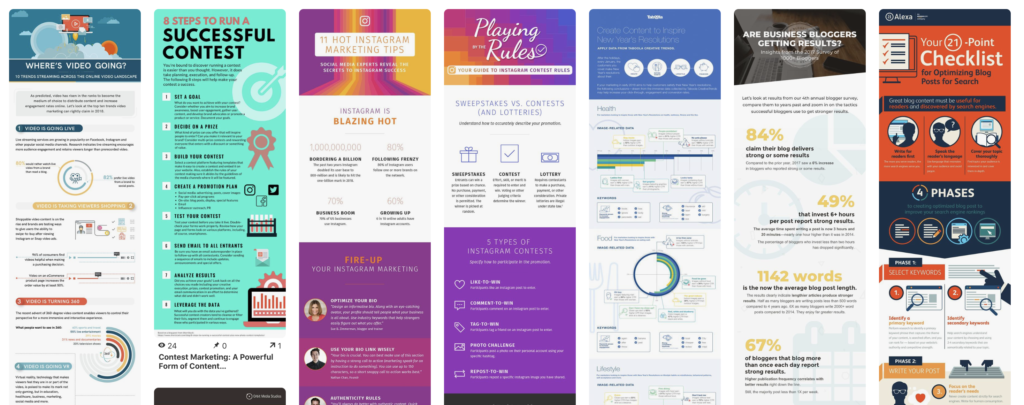
3. Video
Video, in its many forms and styles, has proven to increase engagement in every way. Thanks to the near ubiquitous reach of the smartphone, it’s easier to create, distribute and consume video.
- Consider your budget and select the style accordingly. Every video does not need to be perfect.
- Work from a script or detailed outline, but don’t be afraid to veer from it.
- Tell a story. Be provocative.
- Make absolutely sure to record good quality audio. Your audience will tolerate visual blemishes but stop watching if the audio’s messy.
- Don’t sweat the small stuff. If you’re on camera, allow authenticity to come through.
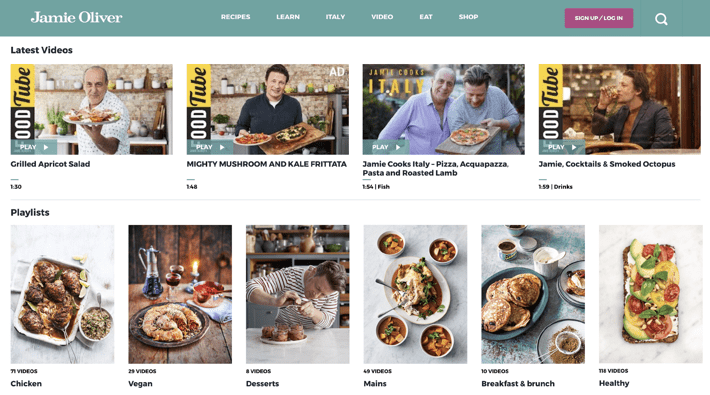
Cookbook author Jamie Oliver offers an immense collection of instructional videos via his website and YouTube channel.
4. Podcast
Podcasts are the ultimate content format for the multi-tasking consumer. They’re easy to create and present the potential to forge a trusted bond with listeners.
- Make plans to host a radio-like program where listeners can expect to always (or usually) hear a single format: single narrator, interview, conversation, panel, call-in, etc.
- Go into each episode with a plan, though it may be loose and flexible.
- For interview programs (the most popular format), do your homework in advance so your questions are on-point and your guest can provide insightful answers.
- Consider the length of your podcast. An hour or more is generally too long.
- Distribute your podcast via iTunes and popular podcast networks, but also, showcase them on your website or blog. Create and publish transcripts or show notes as well.
5. eBook
eBooks take many forms and provide an attractive lead magnet for building email lists. A well researched, written and presented eBook will help establish authority, foster loyalty, and support the sales teams’ outreach efforts.
- For your first eBook, identify the most common question or questions you can answer and aim to pack it full of objective advice.
- Create an eBook that delves deep into the subject matter with the intention of making it the ultimate guide for the category.
- Carefully plan and outline the chapters of your eBook so they can be reused as blog posts, an email series, and other content types.
- Invest the time, effort and/or money required to create a great cover for your eBook. (Yes, it will be judged by its cover.)
- Make the layout and design easy on the eyes with compelling images and ample white space.
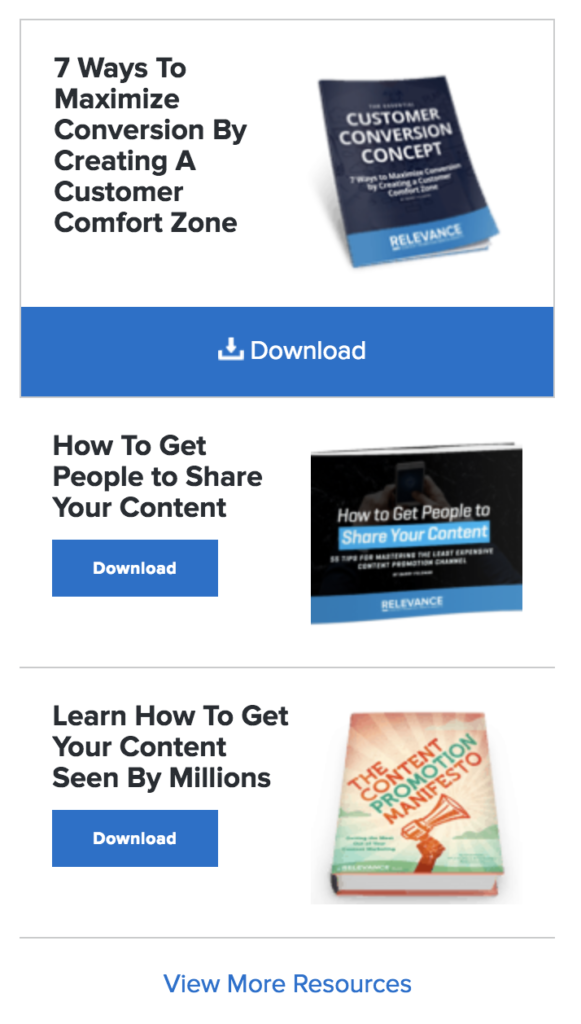
Relevance.com offers a variety of eBooks as lead magnets and promotes them across their site in a sidebar.
6. Webinar
Marketers consistently rate webinars as one of their most effective content marketing tactics. They can be created to satisfy the information needs of prospects and customers at every stage in the buyer journey.
- Get going quickly. Most webinars begin with 10 minutes of nonsense.
- Webinars tend to be long, boring and salesy. Make yours fast-paced, informative, and entertaining.
- Create simple and, if possible, beautiful slides to keep the audience’s eyes on your content. Do not read your slides to the audience.
- Your audience may tune-out if your webinar is a one-way monologue. Look for opportunities to feature guests and create interaction with the audience.
- When possible, record, archive and promote your webinar after. A large percentage of registrants don’t show up to the live cast—or stay tuned-in.
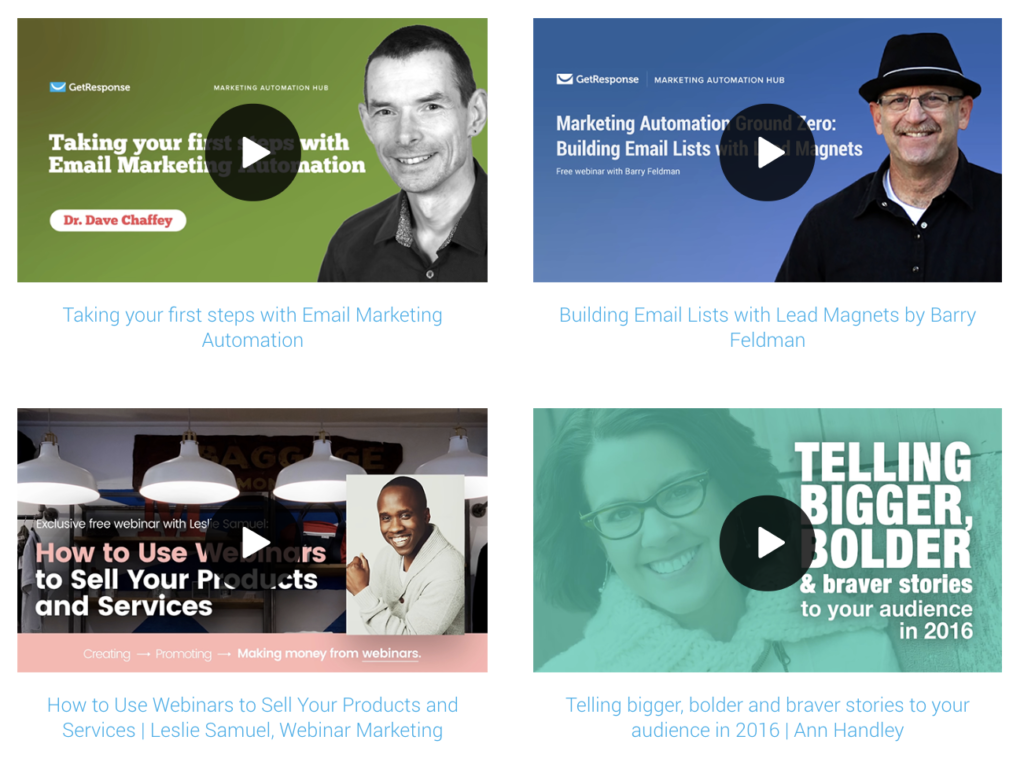 GetResponse serves prospects and customers a steady diet of expert-led webinars and archives them in their resource library to be viewed at any time.
GetResponse serves prospects and customers a steady diet of expert-led webinars and archives them in their resource library to be viewed at any time.
7. Guest blog posts
Writing guest blog posts for publishers whose audience aligns with yours is an ideal way to increase your content’s reach and expose your brand to new audiences. It gives you the opportunity to create links to your website or other media. And you’re likely to benefit from additional promotion from those that publish your work.
- Understand the publication you aim to write for through and through. Knowing the needs of the readers will (1) help you get the gigs you covet, (2) create content that makes you a welcome addition, and (3) possibly win new contacts in the form of followers, visitors and subscribers.
- Don’t approach editors with vague, boring, self-serving pleas to contribute content referencing your needs and demands. Explain precisely what you’ll write about and why it will add value to their blog.
- Make it easy for the editor to say “yes.” Be forthcoming, not just with your ideas, but with links to great examples of your work and some compelling credentials.
- Include links to content on your site, but make sure they’re 100% relevant—and don’t go overboard.
- Don’t just be a guest blogger, be a guest star. By that I mean, write a great post, optimize it for search, promote it, respond to the comments, and follow-up with the editor.
 Ouch! Does this person think my name is “there?” Grammar issues. Misspellings. Complete vagueness. Shamefully self-serving. Red stamp.
Ouch! Does this person think my name is “there?” Grammar issues. Misspellings. Complete vagueness. Shamefully self-serving. Red stamp.
Email marketing takes an enormous number of forms, however, an email newsletter is a staple of most content marketers. Newsletters give marketers the ability to distribute content, news and updates to nurture leads and serve existing customers.
- Create email newsletters if and when you have timely, useful, or relevant news and information to share. Don’t risk diminishing your audience in the interest of frequency.
- Your subject line is everything. Make it brief and compelling. Testing variations of your subject line will help increase open rates.
- Think of your newsletter as a publication. In some instances, you can use it to offer products and promotions but do so judiciously.
- Focus the content of your newsletter on abbreviated blurbs that link to more in-depth content. If you rather make your emails self-contained, set the expectation with your reader.
- Don’t overdo it with links and calls-to-action. Offering more is likely to result in less response.
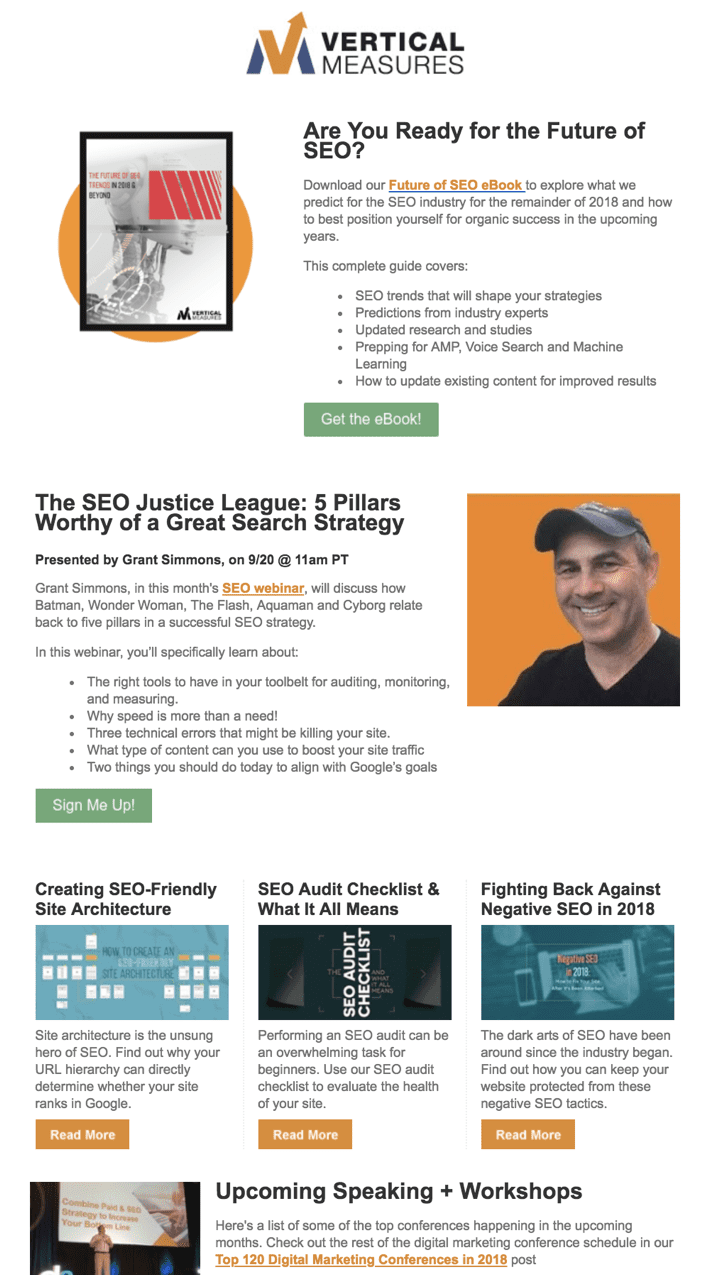
My friends in the digital marketing agency business at Vertical Measures do a spectacular job of promoting various content types via a weekly email newsletter. The example above features an eBook, webinar, blog posts, and workshops.
9. Social media post
The social media post is a big one and a small one. It’s small because social media posts generally have ultra-short half-lives. Big because paid promotion should be part of your content amplification plan to connect with customers online—especially millennials.
- Think visual. Images and videos obviously standout in a stream of text.
- Be provocative. If you’re sharing and linking to content (yours or otherwise), find an interesting nugget to extract from it or add some form of commentary. In other words, don’t just post headlines and links every time.
- Ditch the pitch. Hard-sell social media posts deflect interest and threaten your good standing.
- Use hashtags, @’s and whatever tools the network provides to help your content get discovered by searchers, influencers, peers, etc.
- Invite conversation. Whether you’re promoting or curating content, your posts will often be more engaging when they prompt a dialog.
10. Success story
Customer stories (or case studies, as they are often called) are a powerful form of content that delivers the proof and credibility prospects value greatly.
- You want your customer success stories to be credible. Feature the actual customer. Use real names. Interview them and use quotes.
- Create a brief synopsis of your entire story to satisfy skimmers.
- Tell the story in a standard sequence: company profile; challenge; solution; results/benefits.
- Pull out highlights such as quotes and data points and create callouts that draw attention to them.
- Promote your customer success stories far and wide and be absolutely sure your sales team can put them in play.
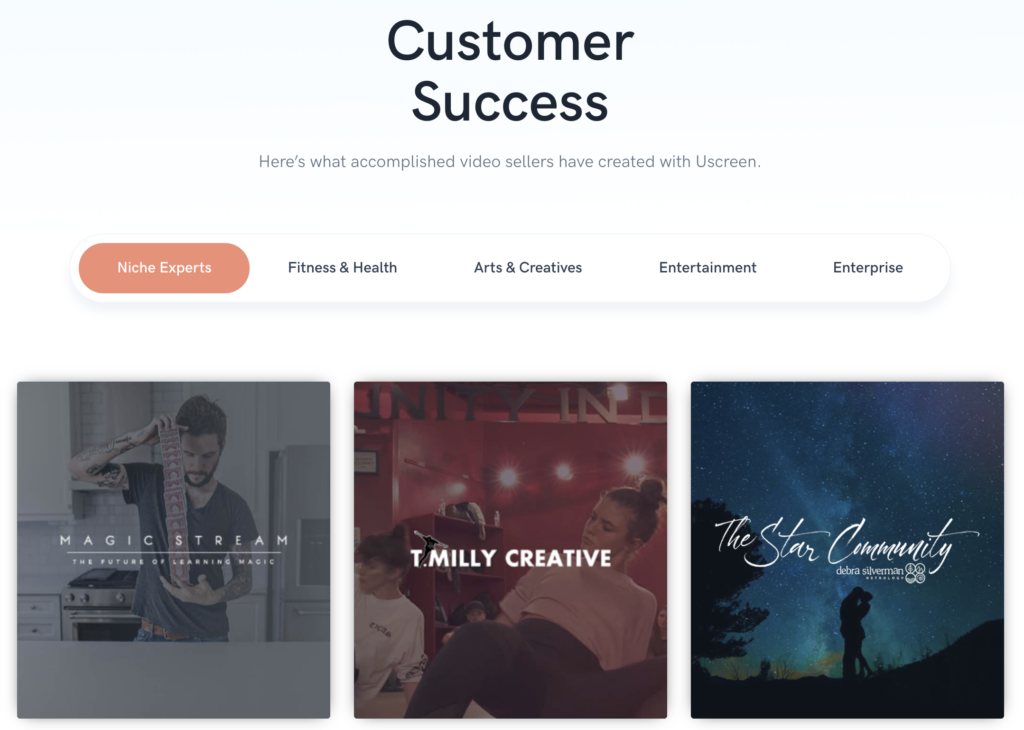 Uscreen.tv does a nice job of creating customer success stories and organizing them to help prospects quickly find the ones most relevant to their work.
Uscreen.tv does a nice job of creating customer success stories and organizing them to help prospects quickly find the ones most relevant to their work.
11. Contest
Contests, sweepstakes, or giveaways give brands highly effective mechanisms to reach prospects, generate interest, promote sharing, and gather user-generated content.
- Determine your goal (e.g. new subscribers, social engagement, sales, etc.) and plan your contest and its promotions accordingly.
- Like all forms of content, resist the temptation to aim your contest at everyone. Target specific demographics to attract potential customers and advocates.
- Offer relevant and interesting prizes.
- Create an incentive for sharing your contest via social media to amplify its reach. For instance, you could increase the chance of winning.
- Follow-up with everyone to nurture your leads—winners or not—with a special offer or something exciting.
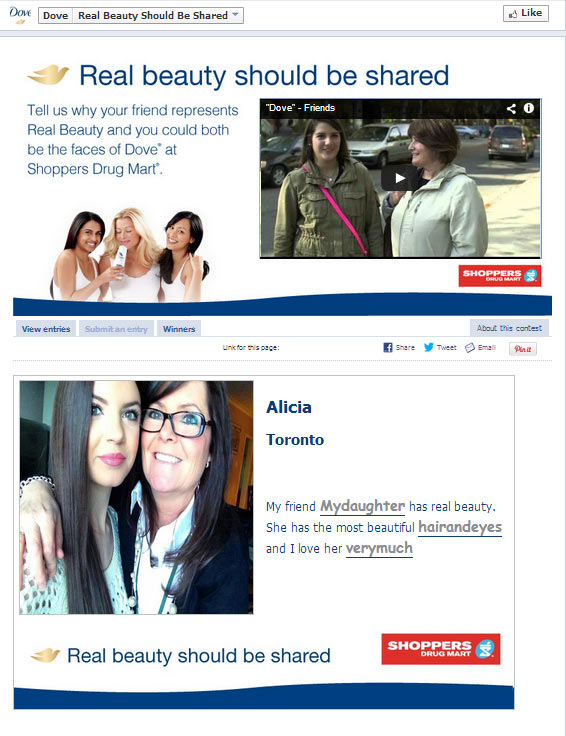
Great stuff from Dove: the “Real Beauty Should Be Shared” contest on Facebook. They ran a fill-in-the-blank contest with photos. They asked their fans to tell them why their friend represents Real Beauty. The winners become the next faces of Dove.
12. Quiz
Quizzes and assessments can work wonders for both consumer and business-to-business brands. The brands that create them are able to gather useful customer insights, conduct research, gather contacts, and respond with helpful content and relevant offers.
- Go with a title style proven to pull (e.g. “Which (Blank) Are You?”
- Define the outcomes in advance. Yes, you build quizzes in reverse. Create a series of results that delivers useful information and inspires your quiz-takers to share them.
- Write your questions in a fun and conversational tone aiming to gather meaningful information about the participant (which he or she probably would not offer via a form).
- Place an opt-in form between the quiz and the delivery of the results. This is how you’ll build an email list.
- Segment the results you collect and follow-up accordingly.
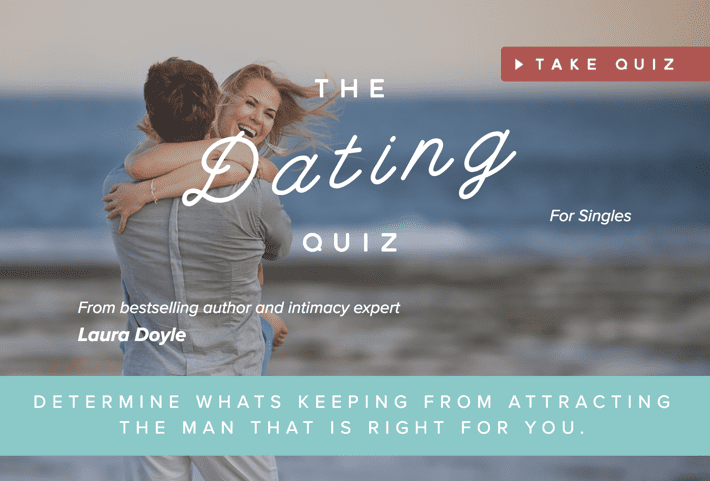
An interesting lead magnet to be sure: relationship coach Laura Doyle offers a free self-assessment for evaluating your dating skills. On the quiz’s landing page she tells visitors they will receive in-depth results that reveal what’s keeping them from attracting the relationship they dream of.
13. Checklist
A checklist is a series of actionable tasks that help the reader to implement a particular strategy. They are incredibly valuable lead magnets because they are so helpful to readers. Bloggers often offer them as bonuses (often called “content upgrades”).
- Brainstorm ideas to create a checklist that complements your brand, and solves a relevant problem for potential customers.
- Extract ideas from successful content published in other forms. For instance, this post could potentially become a magnetic checklist.
- Create a beautiful cover or front page that communicates quality and trust.
- Aim to make your checklist as simple and short as possible to appropriately guide the user to the intended outcome.
- Organize your checklist in a practical manner—by steps, categories, objectives, etc.
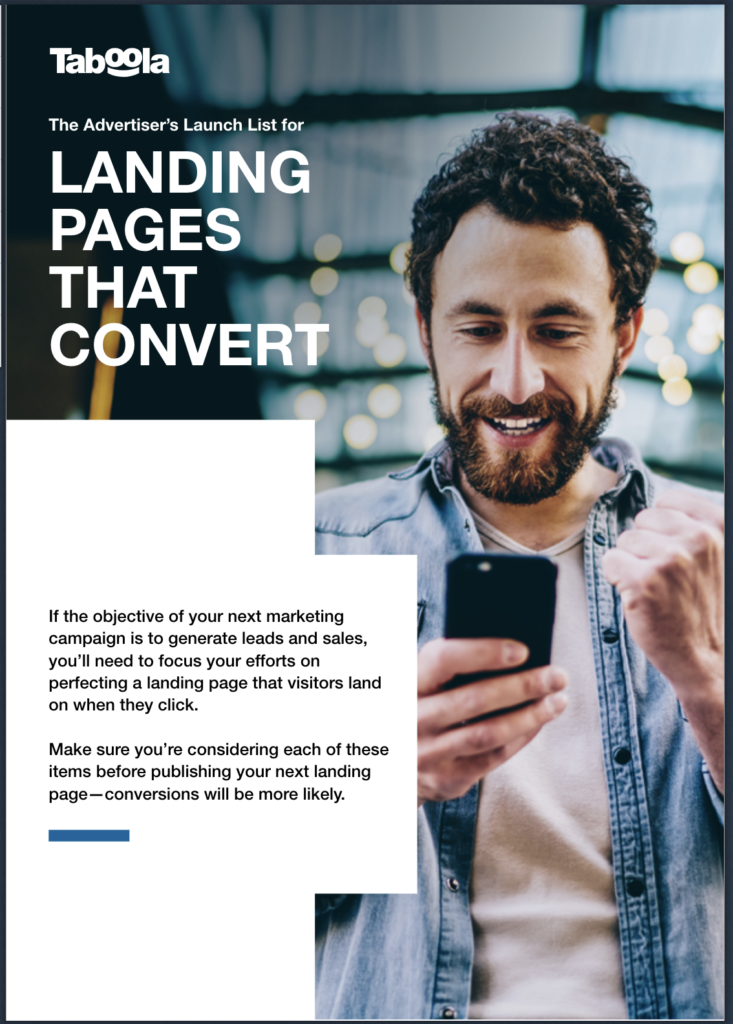
14. Course or academy
A course or academy is a checklist on steroids. Your brand distributes a significant amount of advice in a sequence of lessons.
- Develop a course inline with your content marketing mission and brand it so as to position your company as a leader in its field.
- Explore the possibility of creating a course from existing content—or the other way around. Create an outline and build the lessons sequentially to be packaged as a course.
- Examine your media options. Is your curriculum best delivered as pages/posts, downloadable content, video, audio, quizzes, emails, or some combination?
- Whenever possible, provide feedback at key milestones in your course to help participants master the material.
- You’ll want graduates to advocate for your course. Consider creating a certification and badge offered to those who have completed and passed your course.
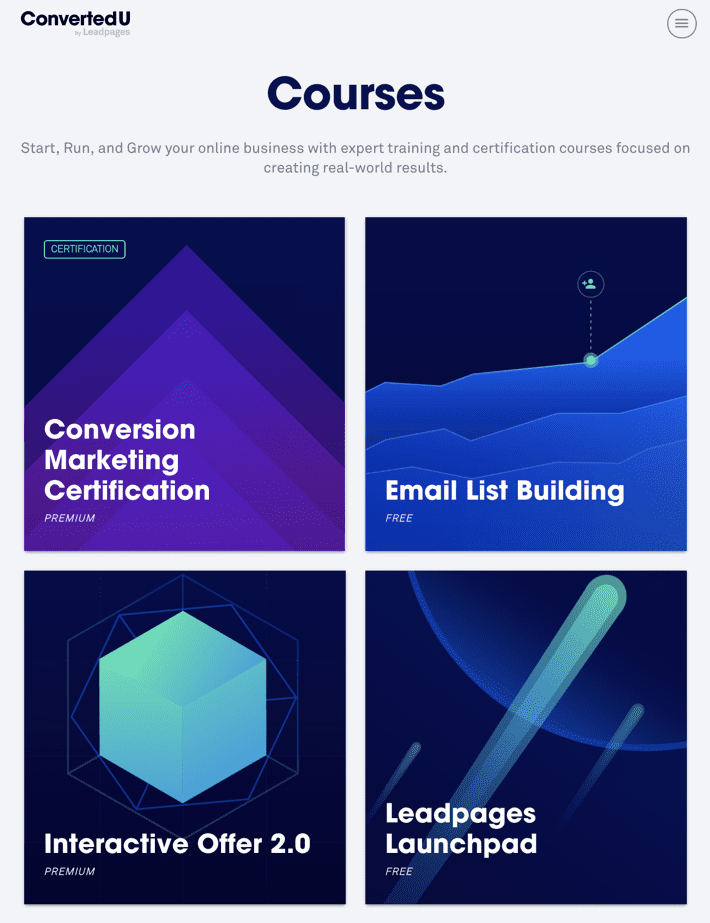
ConvertedU by Leadpages offers a “home for conversion marketing certification and education.” I clicked through to check out the free email list building course and found it offers 9 video and 12 PDFs.
15. FAQ collection
FAQs are usually web pages, but easily repurposed as guides, hubs, email courses, etc.
- Gather a list of questions from the people within your company that actually field them. Your internal sales, service and support people are obvious places to start. You might even ask prospects and customers for input.
- Keep them simple. Write your Q’s and A’s in plain language or the terms that resonate best with customers.
- Make the answers brief. Some questions, of course, call for in-depth answers. Instead of delivering answers that are several hundred words, offer links to additional and relevant content.
- Create an index, table of contents, jump links, or offer an online search mechanism enabling users to quickly find the answers they seek.
- Use screenshots, photos, diagrams, infographics, video or some form of visual content to get your message across as effectively as possible.
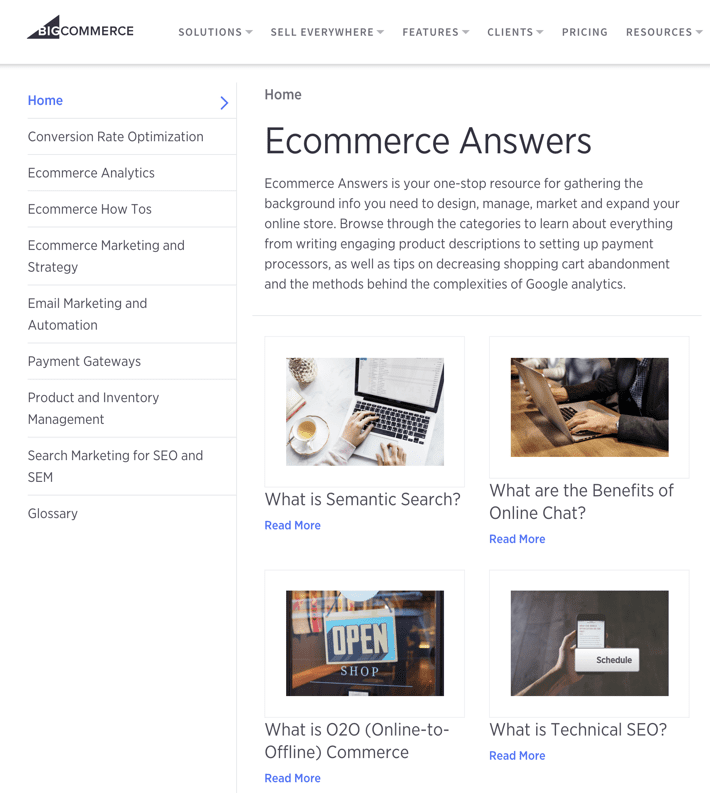
FAQs can be web pages, posts, eBooks, or what have you. I love this approach form BigCommerce. They’ve dialed the FAQ idea up to 11 by creating a micro-site featuring a glossary and collection of FAQs for eight categories related to their industry.
16. Comparison
Comparisons are a fitting and useful form of content for latter stages of the sales funnels as they can deliver vital information prospective buyers seek to make informed decisions.
- Compare your products and services to each other and/or your competitors. People constantly search for comparison content (e.g. X vs. Y).
- If your comparison is a sales tool (e.g. you’re comparing models or tiers), consider highlighting preferred choices such as “best value” or “most popular.” A good deal of buyers will follow the crowd.
- Comparisons can be presented in a variety of forms including blog posts, tables, infographics, slides, guides and more. Obviously, ecommerce sites often strive to make comparisons an interactive tool to give the shopper the precise data they seek.
- Compare the points buyers really want to know, including, of course, price.
- Be objective. Comparison content will fail to be credible if you pour on the sales speak.
17. Presentations
Presentations, that is, slideshows, seldom make it onto the shortlists of cool content. They should. Creating and publishing presentations is an excellent way to showcase your expertise both verbally and visually. Plus, they’re wonderfully flexible and portable. You can distribute them any which way, easily embed them in your pages and posts, and customize them quickly to meet the needs of a specific audience.
- Tell a story. See, presentations can be a beautiful thing, but more often than not they’re painful. Rather than beginning with blank slides, get a story down that (1) features a beginning that defines a transformation you’re about to present, (2) has a well-developed middle chock full of persuasion, and (3) a powerful action-inducing ending.
- Keep it simple. Develop and present your best ideas. Clarify your data. Avoid long lists, long passages and complex graphics. Try to craft tasty sound bites.
- Support your story with quotes, stats, and various forms of evidence that inject objectivity, but try to balance analytical insights with an emotional appeal.
- Use high-quality images that enhance the meaning—not cheesy clip art.
- Keep the viewer involved. Ask questions. Challenge assumptions.
Note how this presentation, which has 1.4-million views to date, uses a dramatic but simple image to introduce an idea.
18. Coupons
Sure, buyers seek advice—otherwise content marketing wouldn’t be the runaway train it’s become. However, the modern shopper is on a quest to save, so one thing buyers love as much, or more, is a good deal.
For most businesses, it takes a compelling offer to motivate a prospective shopper to try a product for the first time. And research claims 80% say a coupon helps influence them to purchase a brand they typically don’t.
- Discover what your customers actually want by asking them. Use email or a website poll, which is easy to set up and will yield interesting data.
- Consider your strategy and business goals before you begin offering discounts Carefully align your discount programs with your business goals. Are you focused on a landing new customers? Introducing a new product offering? Increasing long-term revenue? Building loyalty? Upselling a higher ticket item?
- Offer omni-channel options. While the use of paper coupons continues to grow, paperless coupons such as those offered via the web, mobile, apps and loyalty programs is climbing even faster.
- Make them beautiful—and emotional. Make the offer simple and stark. Stress the call to action and include an expiration date or some form of scarcity (e.g. first 1,000 customers only).
- Test variations of your designs and offers. For instance, experiment with XX% OFF vs. SAVE $XX dollars to learn which converts at a higher rate.
19. Research reports
While few companies are stepping on the brakes for content development, most are struggling with the sobering reality that it’s become much harder to shares, backlinks, or any form of engagement. The anecdote is to create important content bound to attract attention.
Original research puts marketers in the rarefied air of upper echelon content creators (and research proves it).
- Gather data from a quality list of the right people. You might start with your email subscribers, but consider partnering with additional market leaders and/or relevant brands for outreach, promotion, and possibly, production.
- Consider various types of research including survey results, results from tests, and analysis of trends.
- Create interesting charts that simplify your findings and inspire people to share the results.
- Publish your research in a variety of formats—articles, infographic, ebook, webinars—to increase its reach and appeal to a wider audience.
- Put a good deal of effort into promoting your research via email, social media, influencer marketing, PR, guest posts, podcasts and more.
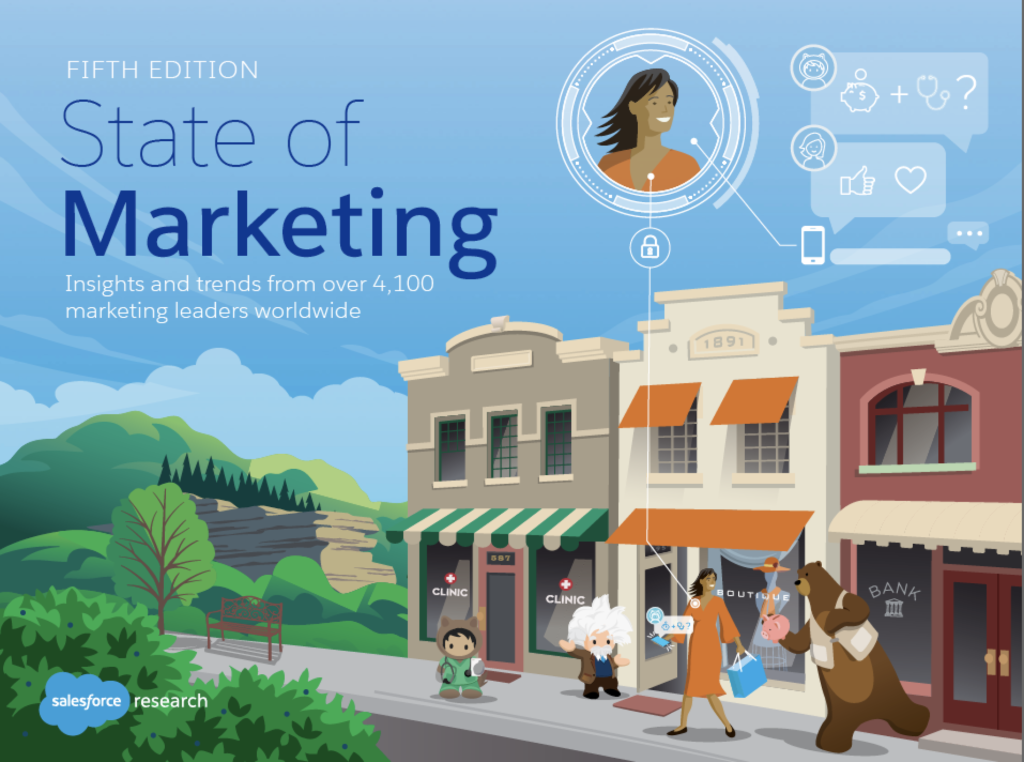
Despite the clunky cover design, the “State of Marketing” report published by Salesforce each year is a proven traffic magnet. It will be linked to and referenced thousands of times.
20. Online guides
Bold and beefy online guides have become the Grand Poobah of content marketing. While they can be presented in blog post-like fashion, they’re bigger and better than an article. Think of an online guide as a piece that falls between a how-to article and a course.
- As your first go-round with this form of content, zoom-in on the thing your product or service helps customers achieve. Does it help people sell… create… save… secure… build… relax…? The answer is to become your first guide. A big one, of course, is the buying guide. Your guide can simply help customers make the smartest choices to satisfy their needs.
- Strive to create the clearest, best organized, most thorough, most actionable heap of advice on the topic in existence.
- Help readers and viewers navigate the content with a table of content that offers links to jump forward to specific sections.
- Sprinkle various forms of media throughout your guide (images, GIFs, video, audio, slides, tables, etc.) to break-up the monotony of reading long passages.
- Plan to promote your guide as if it were a product or service. Becoming the source of your industry’s most useful piece of content could put you on the map.
REI is clearly a company that believes in the value of offering its customers buying guides. Choose any “expert advice” for any category on their site and you can count on finding a buying guide for the purchase you plan to make.
Tip #101
Hire professionals to make your marketing content shine. You’re far more likely to realize your content marketing goals when you work with expert content strategists, writers, designers and promoters.
BTW, I want to thank Orbit Media Studios for being good sports about letting me repurpose some of my best content here. Some of the tips and examples offered in this post originally appeared on the Orbit blog in an article titled, Best Practices for Mastering 15 Effective Content Types.
Interested in helping yourself to a boatload of more great advice about all things content marketing? Click the image here to open our “Content Marketing Roadmap” hub.

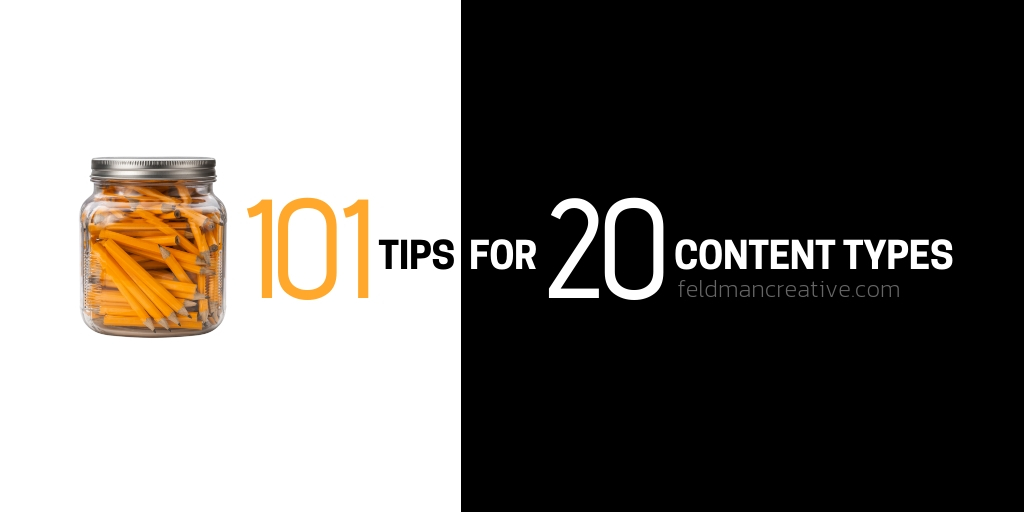

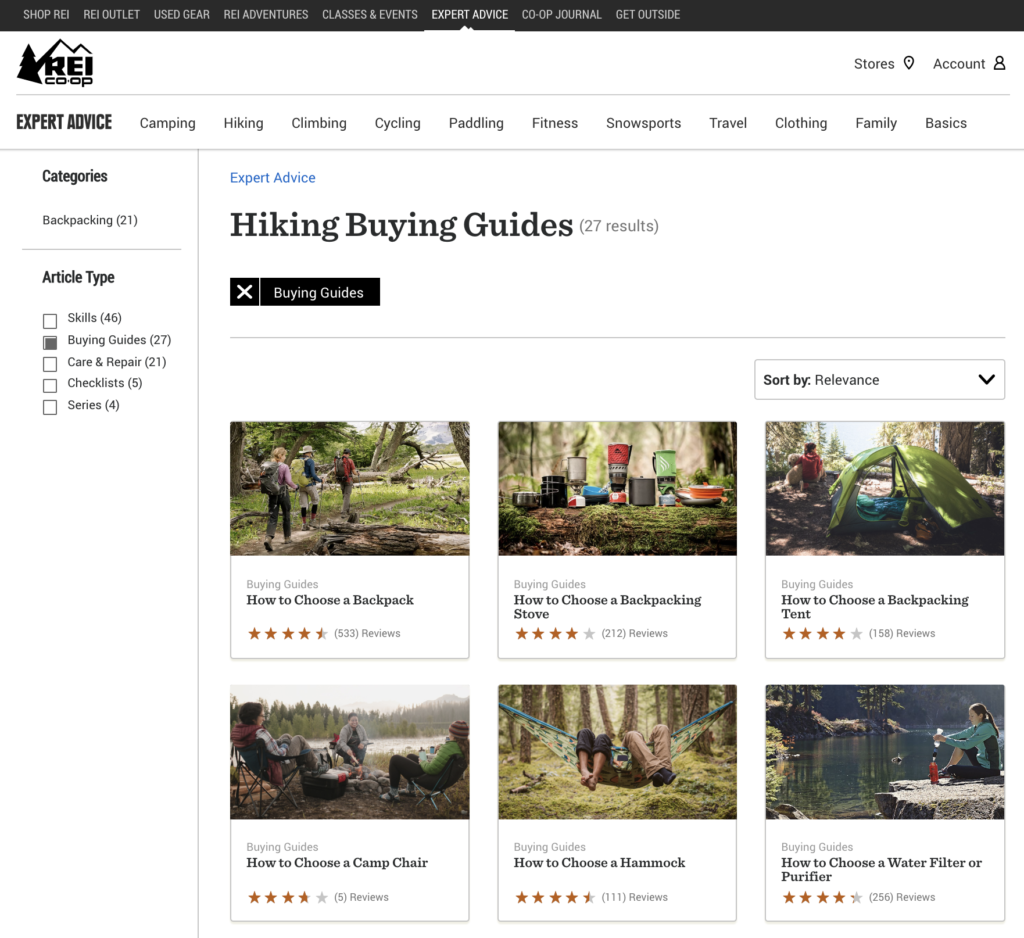
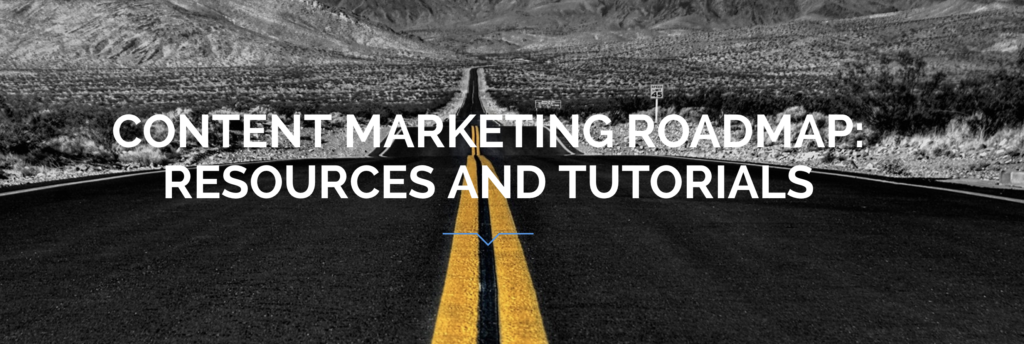
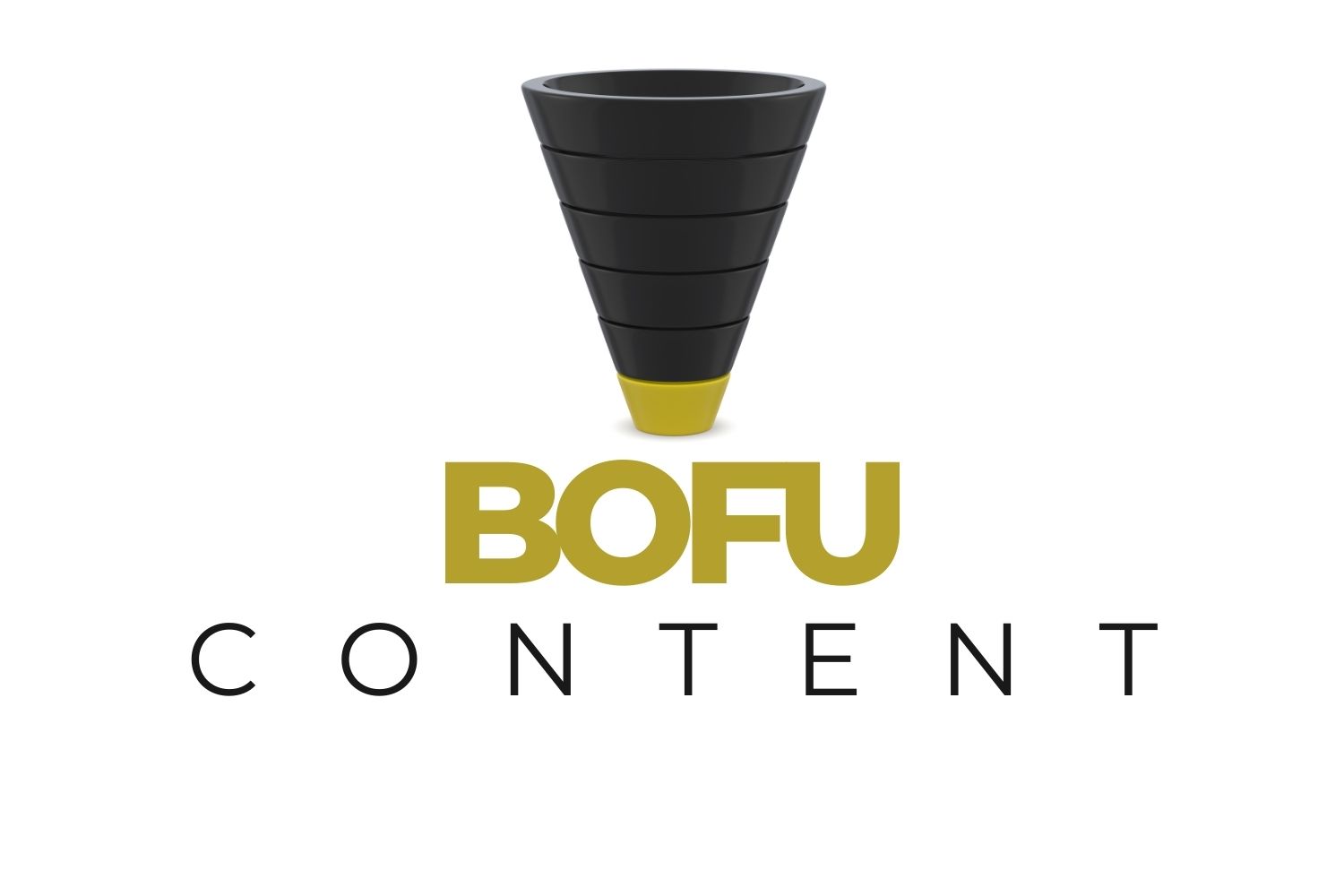
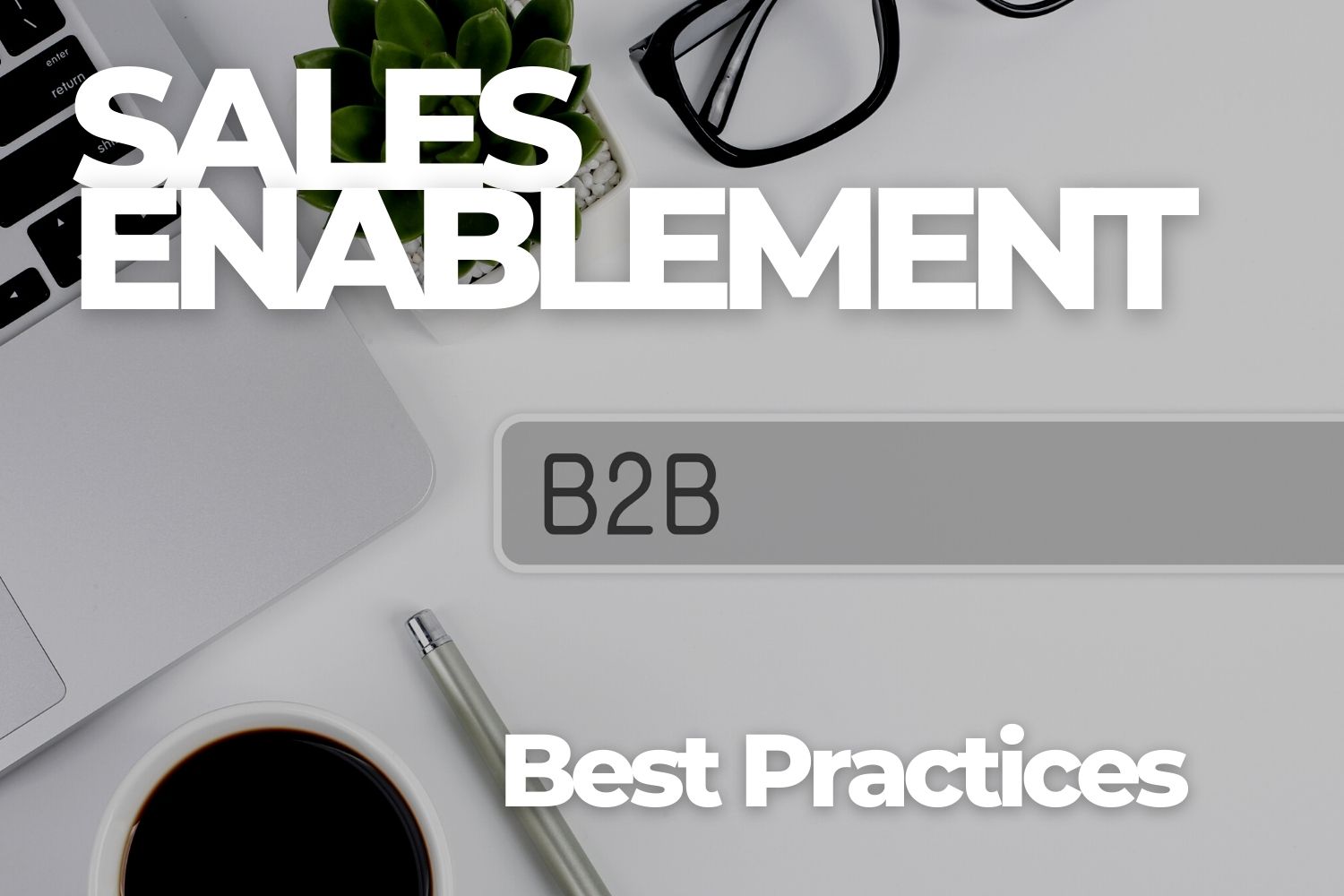
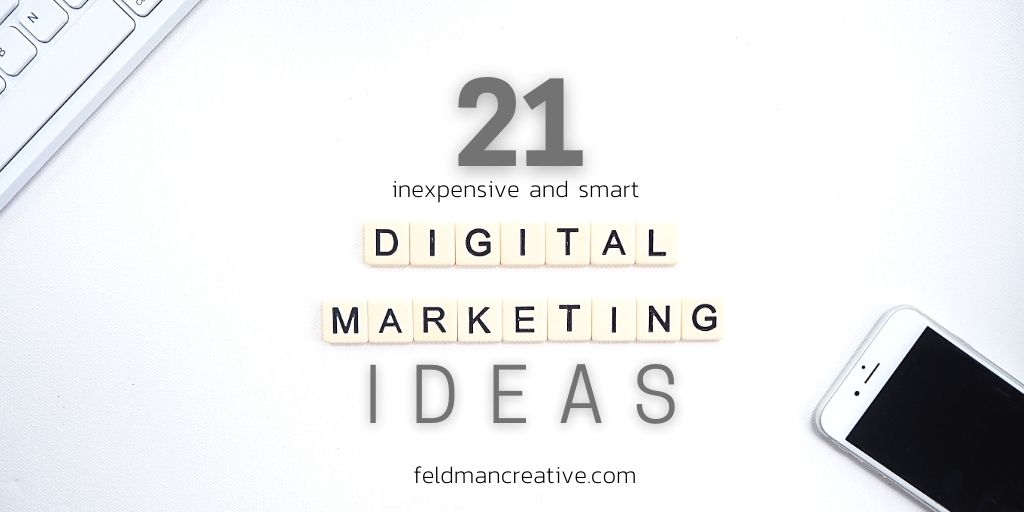
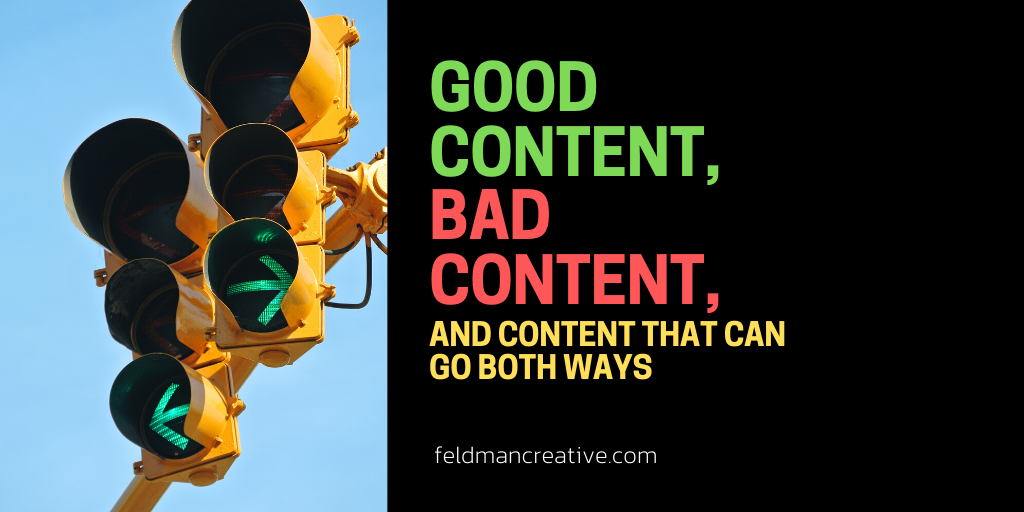
Comments
Linkedin
LinkedIn is a powerful concept in which you can market yourself to new customers. LinkedIn marketing is hot right now especially for generate meaningful connections and leads for our business.And linkedIn marketing also can help us find new customers, make new business connections and grow your brand.
Mike
Wow Barry!!!
From the moment I saw the compelling image at the top of the email to the idea of having a button that makes me decide “do I want this”. Oh and the quality content. I am saving this entire email to my resources folder. This is an example of it done BEAUTIFULLY!!!
You are a master of your craft. Always good to learn from the best.
Mike
clarke
I simply wanted to write down a quick word to say thanks to you for that wonderful tips and hints you are showing on this site.
artificial intelligence software development company
VEPAMBATTU CHANDU
Great Post About Marketing